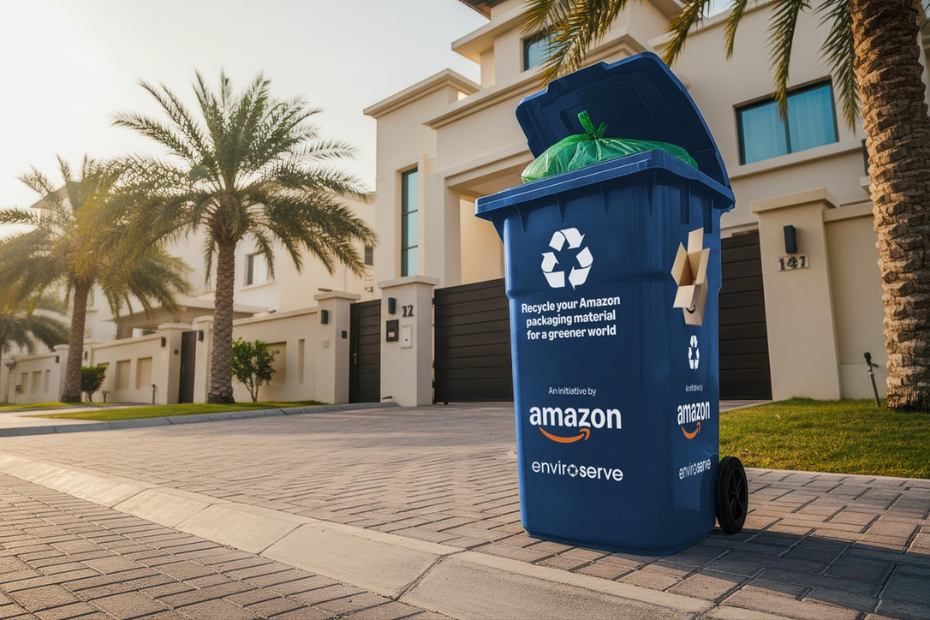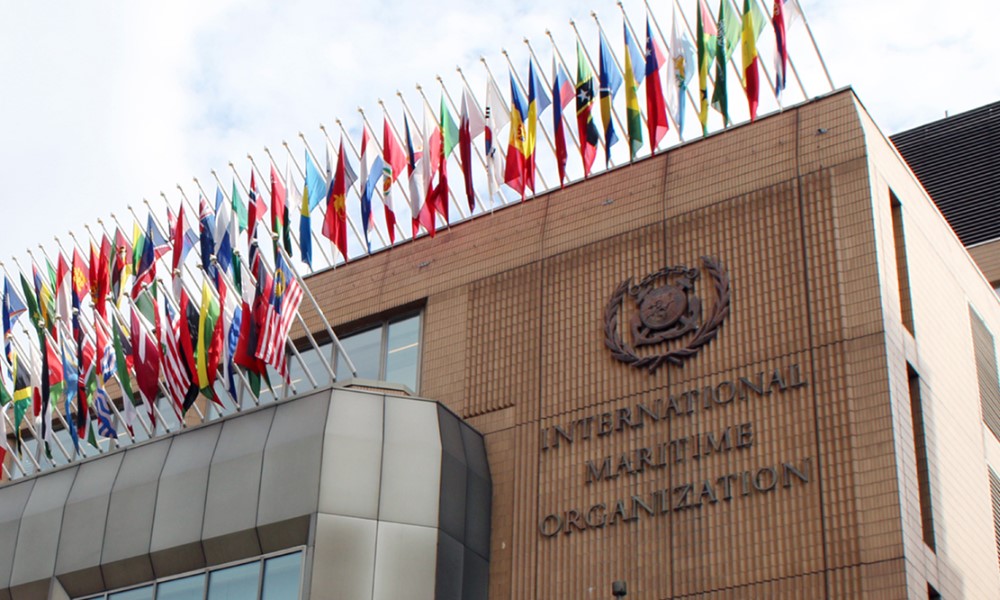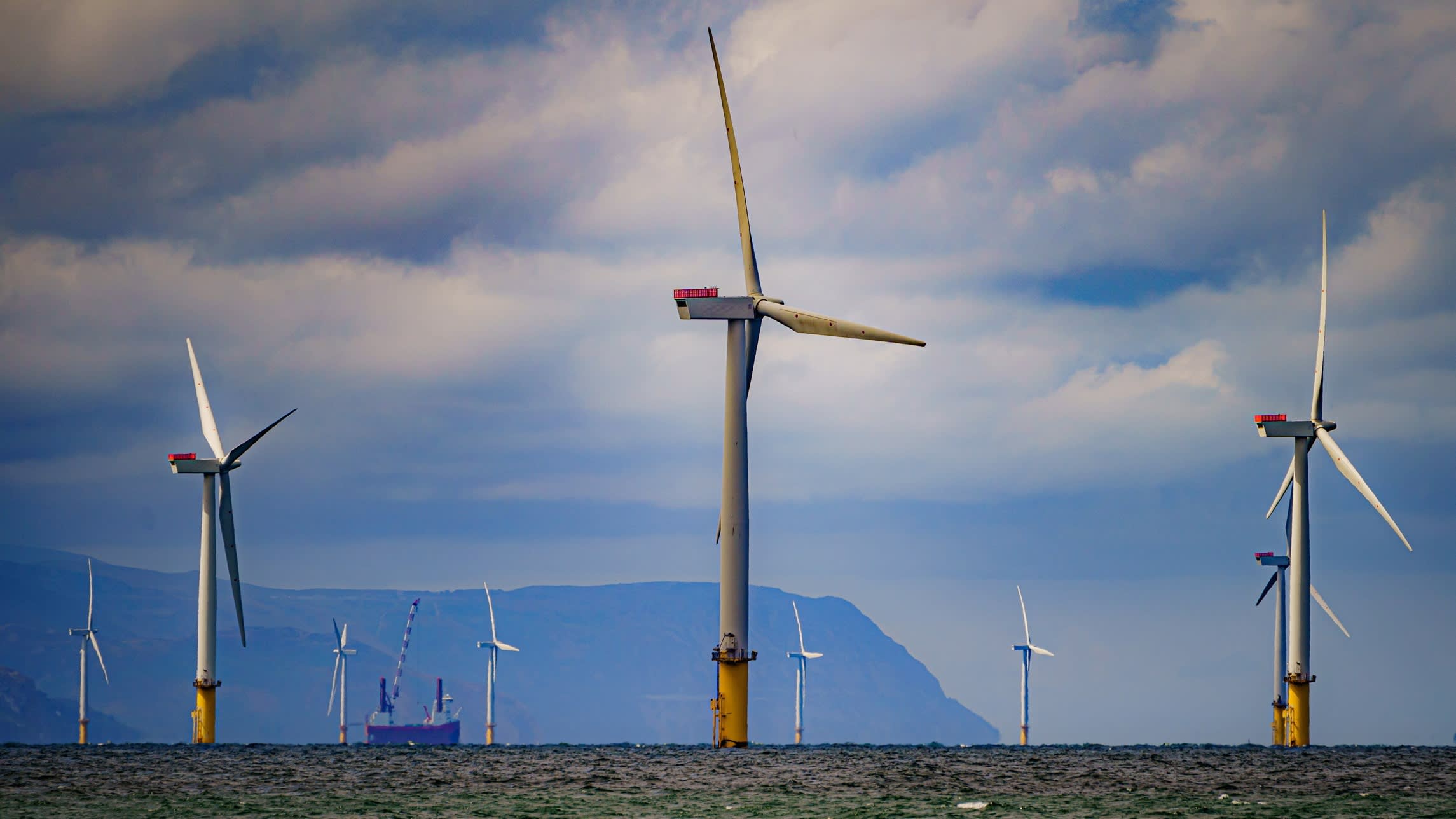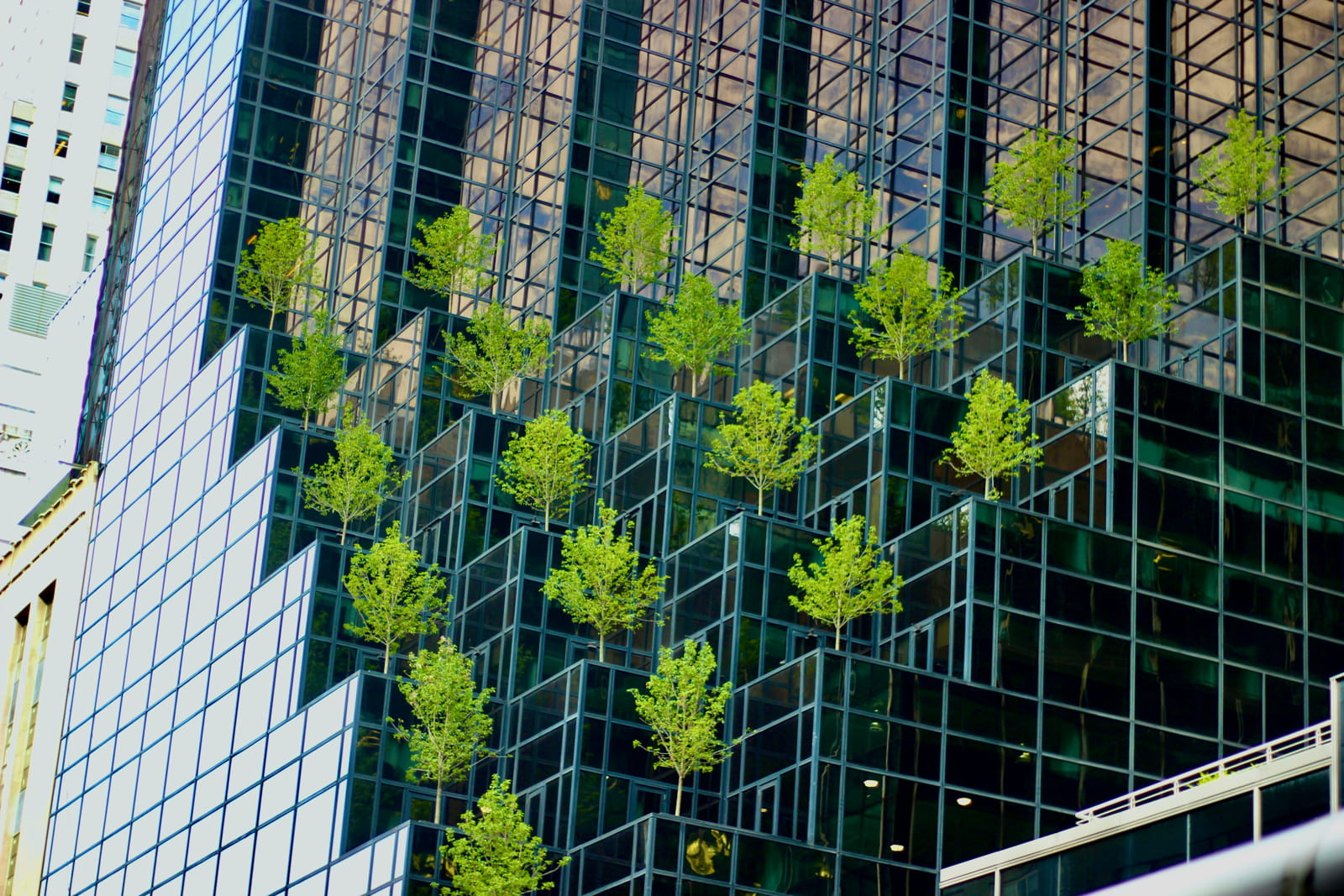Summary
This programme expands on Amazons broader sustainability measures, which include the use of machine learning models to optimise packaging size and reduce exc…
Source: gulfbusiness.com

AI News Q&A (Free Content)
Q1: What is the significance of Amazon UAE's citywide packaging recycling program in Dubai, and how does it align with broader sustainability goals?
A1: Amazon UAE's citywide packaging recycling program in Dubai represents a strategic effort to enhance waste management and sustainability. By optimizing packaging through machine learning and promoting recycling, Amazon aims to reduce its environmental footprint. This initiative is part of Amazon's broader sustainability measures, which include various global efforts to minimize waste and promote a circular economy. Such programs are crucial in transitioning from a linear to a circular economy, which focuses on reducing waste through recycling, reusing, and refurbishing existing materials, thereby contributing to the reduction of carbon emissions and resource consumption. This aligns with global sustainability goals to combat climate change and promote sustainable consumption and production patterns.
Q2: How does the circular economy model differ from the traditional linear economy, and what are its core principles?
A2: The circular economy model differs from the traditional linear economy by emphasizing the continuous use and regeneration of resources rather than a make-use-dispose approach. Its core principles include designing out waste and pollution, keeping products and materials in use, and regenerating natural systems. This model aims to tackle global challenges such as climate change and resource depletion by promoting sustainable consumption and production. It encourages businesses to adopt circular business models, such as product-as-a-service and sharing platforms, to optimize resource utilization and reduce environmental impact.
Q3: What role does blockchain technology play in facilitating the transition to a circular economy?
A3: Blockchain technology plays a significant role in facilitating the transition to a circular economy by providing a transparent and secure system for supply chain management. Its decentralized nature enhances product accountability and traceability, which are crucial for implementing circular economy principles. However, challenges such as scalability, interoperability, and data protection must be addressed to fully realize blockchain's potential. Ongoing research and stakeholder participation are essential to overcome these obstacles and successfully integrate blockchain into circular economy models, thereby enhancing resource efficiency and minimizing waste.
Q4: What are the economic impacts of adopting circular economy practices, and how do they compare to traditional recycling-centric approaches?
A4: Adopting circular economy practices has a limited economic impact when compared to traditional recycling-centric approaches. While recycling-centric measures contribute only about 1.4% to global GDP, a broader adoption of circular practices that include maintenance, repair, and remanufacturing can significantly enhance economic value. Research indicates that 69% of economic value already derives from managing existing stocks, suggesting that traditional metrics focused solely on material recovery may obscure the true potential of circular economy practices. A paradigm shift toward value retention and reuse could lead to more substantial economic benefits.
Q5: How does machine learning contribute to packaging optimization in the context of sustainability?
A5: Machine learning contributes to packaging optimization by enabling more efficient and accurate determination of optimal packaging sizes and materials, thereby reducing waste and enhancing sustainability. These models can analyze vast amounts of data to predict and adapt to changes in consumer demand and transportation logistics, minimizing excess material use and carbon footprint. This approach aligns with the principles of a circular economy by promoting resource efficiency and reducing environmental impact.
Q6: What are some of the key challenges and opportunities associated with implementing circular economy strategies in the retail sector?
A6: Implementing circular economy strategies in the retail sector presents both challenges and opportunities. Key challenges include the need for a fundamental redesign of business models and product offerings, as well as regulatory and logistical hurdles. However, there are significant opportunities for innovation, cost savings, and enhanced customer engagement through sustainable practices. Retailers can benefit from increased resource efficiency, reduced waste, and the potential to tap into new markets focused on sustainability-conscious consumers.
Q7: How can the transition to a circular economy help reduce global carbon emissions, and what sectors are most impacted?
A7: The transition to a circular economy can significantly reduce global carbon emissions by promoting more sustainable production and consumption patterns. Implementing circular strategies in sectors such as cement, aluminum, steel, plastics, and food can reduce emissions by approximately 9.3 billion metric tons of CO2 equivalent. This reduction is comparable to all current emissions from the transportation sector. By minimizing waste and encouraging the reuse and recycling of materials, a circular economy helps mitigate climate change and supports global efforts to achieve carbon neutrality.
References:
- Amazon Web Services - https://www.wikipedia.org/wiki/Amazon_Web_Services
- Circular economy - https://www.wikipedia.org/wiki/Circular_economy
- A Systematic Literature Review on the Use of Blockchain Technology in Transition to a Circular Economy - https://arxiv.org/abs/2308.11997
- How circular is the linear economy? Analysing circularity, resource flows and their relation to GDP - https://arxiv.org/abs/2505.11997
- ODTlearn: A Package for Learning Optimal Decision Trees for Prediction and Prescription - https://arxiv.org/abs/2508.11997





